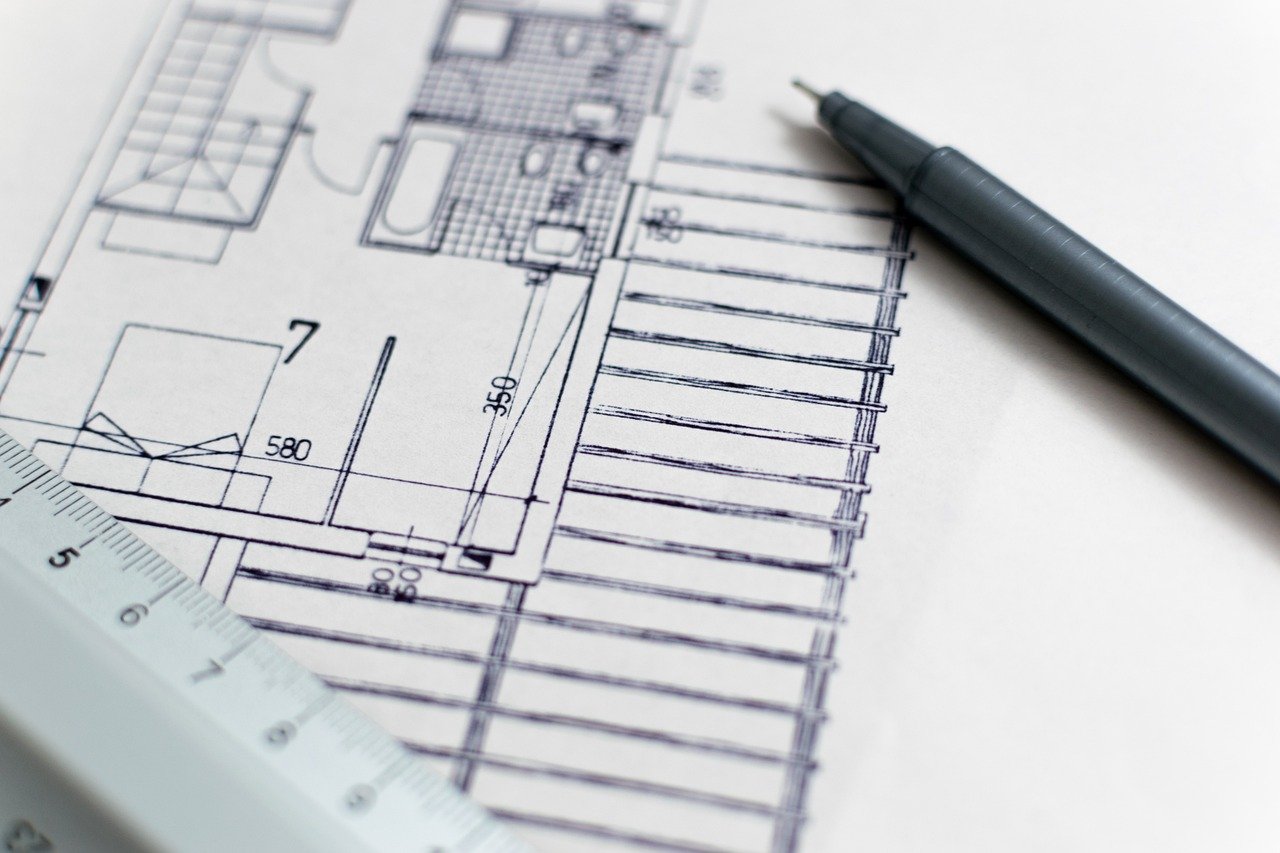Beyond Blueprints: The Tech-Driven Future of Architecture

Take a stroll through any large city and stop for a moment. Gaze upward. Skyscrapers curve like ribbons. Glass makes the sky mirror odd, whimsical patterns. Buildings no longer stand still—they move, breathe, and sometimes even speak back. Architecture, once founded upon stone and symmetry, is boldly entering its next installment. The protagonist of this tale? Technology. Years ago, an architect's arsenal was basic: pencils, rulers, tracing paper. Hours of hand drafting, erasing, and re-drafting. Now, those instruments have turned into tablets, VR headsets, and programs that can try thousands of designs in the time it takes to drink a cup of coffee. The drawing board has become digital. But it's not just about convenience. It's about possibility. Whole buildings can be simulated, analyzed, and tested—before the first foundation is poured. And when you dig deeper into contemporary technology, it's obvious the shift isn't slowing down. It's speeding up. Imagine this: a client enters a meeting, puts on a VR headset, and finds themselves walking through the building where they'll have their future office. They can pop into conference rooms, tweak the lighting, or stand on the balcony overlooking a city skyline that doesn't yet exist. Virtual reality has turned “blueprints” into immersive experiences. Instead of trying to decode floor plans, clients now see and feel what their space will look like. Less confusion, fewer mistakes, and way more excitement. Remember when 3D printing was only good for plastic toys or tiny models? Not anymore. Whole walls, houses, and even bridges are now being printed out of concrete, layer by layer. Why does it matter? It's quicker. It's more affordable. It wastes a lot less material. For areas with housing deficits, 3D printing can be the game-changer. Just picture deploying affordable houses in days rather than months. The technology is in its infancy, but the potential is huge. Here's the reality: sustainability is no longer a choice. Climate change is not some future threat—it's knocking, loudly. Architects realize this, and technology is the enabler that allows them to respond responsibly. Solar panels built into rooftops. Even self-repairing concrete that heals its own cracks. These are no longer sci-fi concepts. They're real. And they're transforming the way cities approach expansion. A building today is no longer about being impressive—it's about having a lighter impact. Ever enter an office in which lights turn on, the temperature adjusts, and the elevator's waiting for you? Traffic moving because signals respond in real time. Buildings talking to power grids to balance energy consumption. Water systems that can find leaks immediately. Sounding like science fiction? Perhaps. But certain cities are already going there. Singapore. Copenhagen. Barcelona. They're pilot-testing what "smart cities" might mean to the rest of the world. Not everything futuristic about building involves robots or glowing devices. Sometimes it's just being smart. Prefabricated architecture is changing the business quietly. Rather than constructing everything on the site, massive parts of a building are fabricated in factories and then bolted together like Lego pieces. What's the payoff? Speed. Consistency. Less disruption in city neighborhoods where construction noise and dust can linger for years. In most instances, prefabrication also saves money, bringing quality housing within reach of more people. And the designs? Anything but cookie-cutter. One of the most intriguing changes is the emergence of "digital twins." It's akin to a virtual duplicate of a building that exists online. The digital twin replicates everything that occurs in the actual building—energy use, maintenance requirements, even stress on the structure. Why does it matter? Because it allows architects, engineers, and owners to see how a building performs in real time. If something’s inefficient, they know. If a system is failing, they can fix it before it causes a bigger problem. It’s like giving buildings a nervous system that constantly reports back. The future of architecture isn't about higher buildings or more dazzling designs. It's about wiser, more compassionate, and more human places. It's about technology behind the scenes so humans can live, work, and dream in environments that uplift them. New technology can be the architect's new BFF, but the ultimate objective hasn't altered: to design environments that bring us home to the planet.From Sketchpads to Screens
Virtual Reality: Not Just for Gamers Anymore
3D Printing: From Miniatures to Mansions
Building with a Conscience
Smart Buildings = Smarter Cities
Prefabrication: The Silent Revolution
Digital Twins: A Living Blueprint
Final Thought





